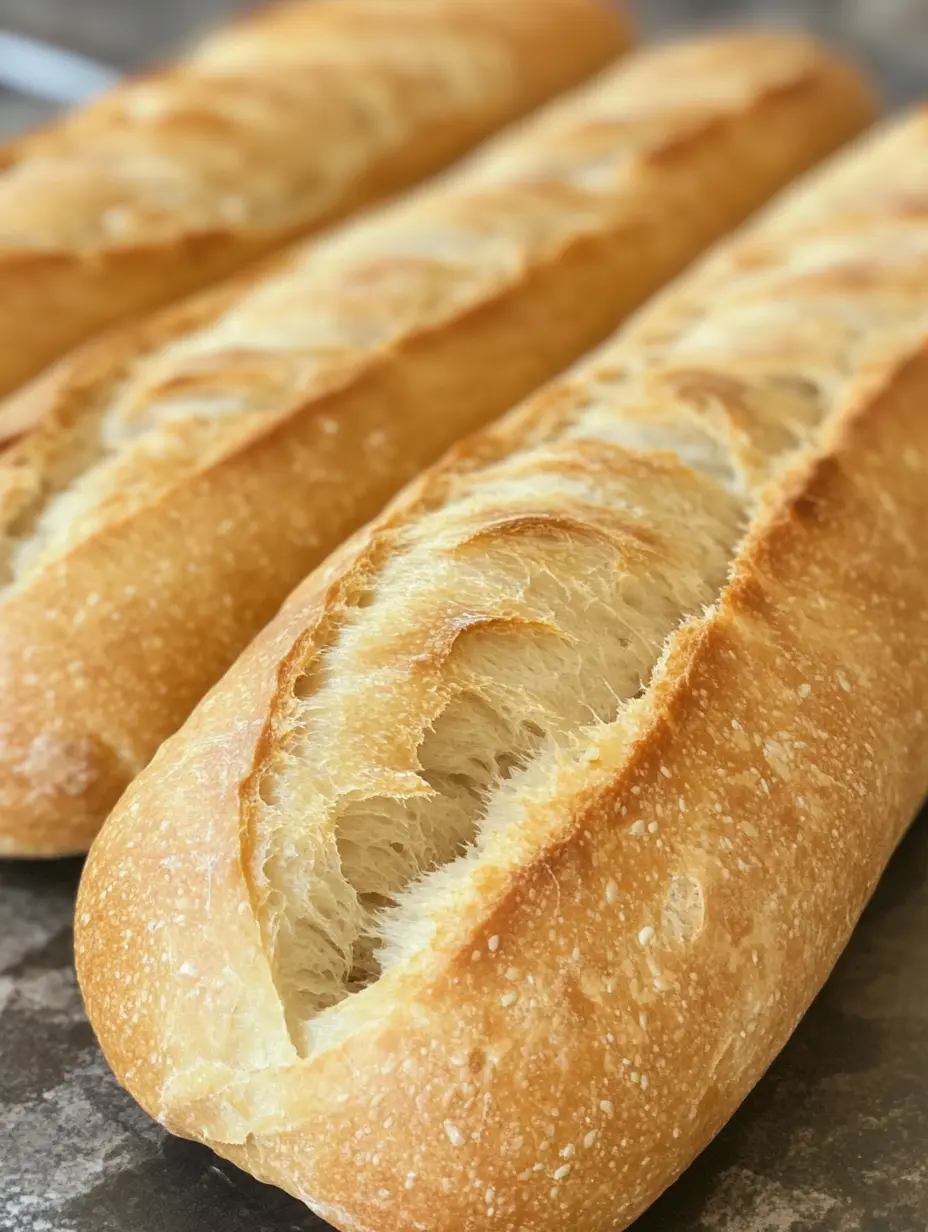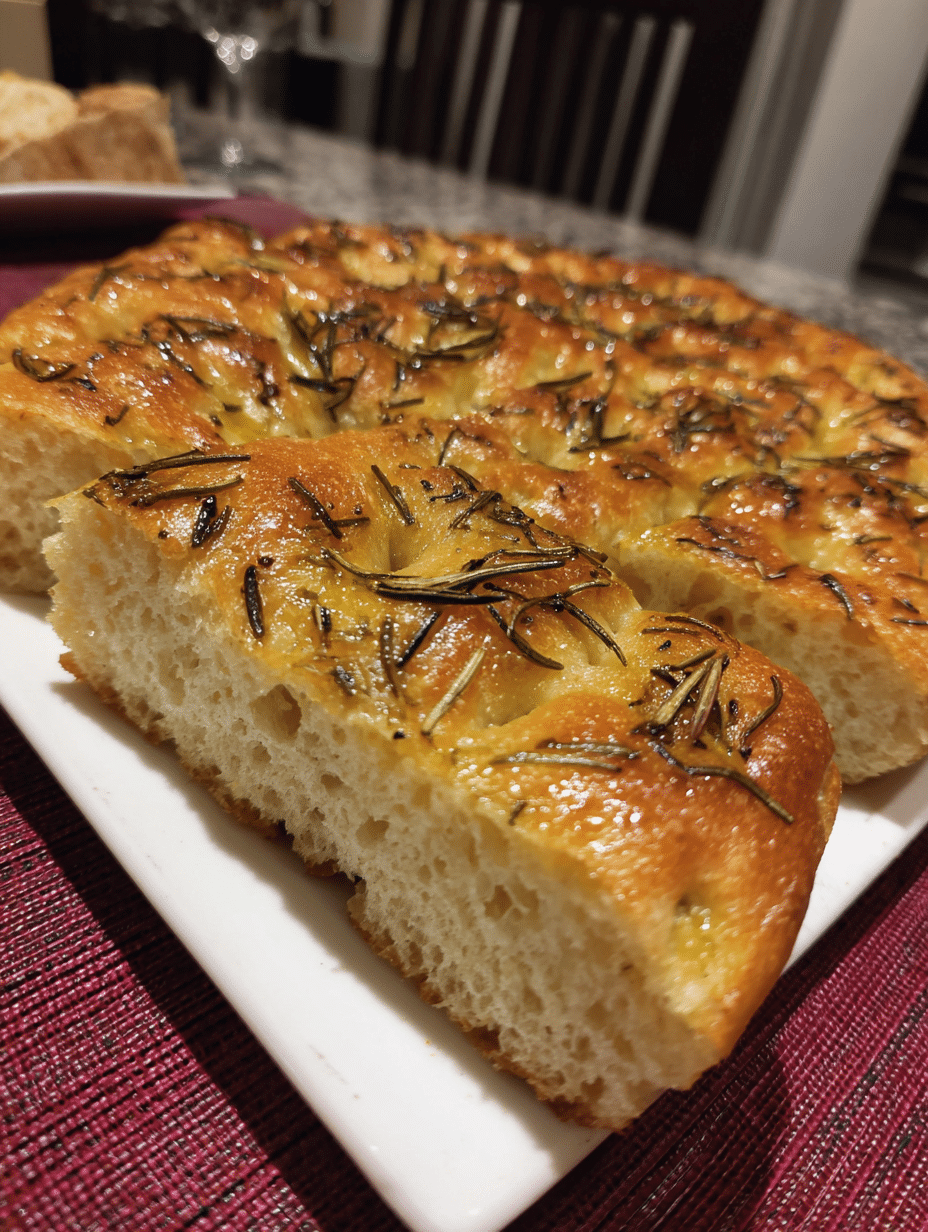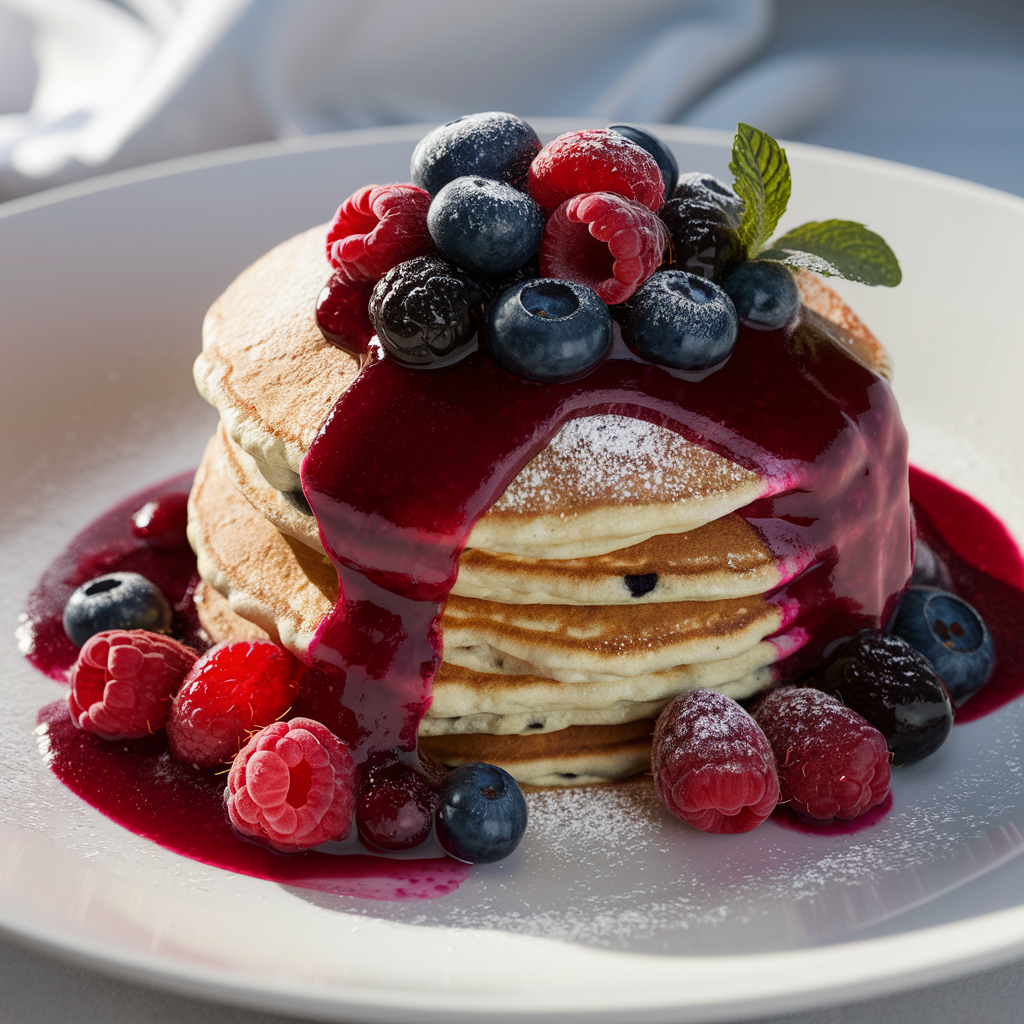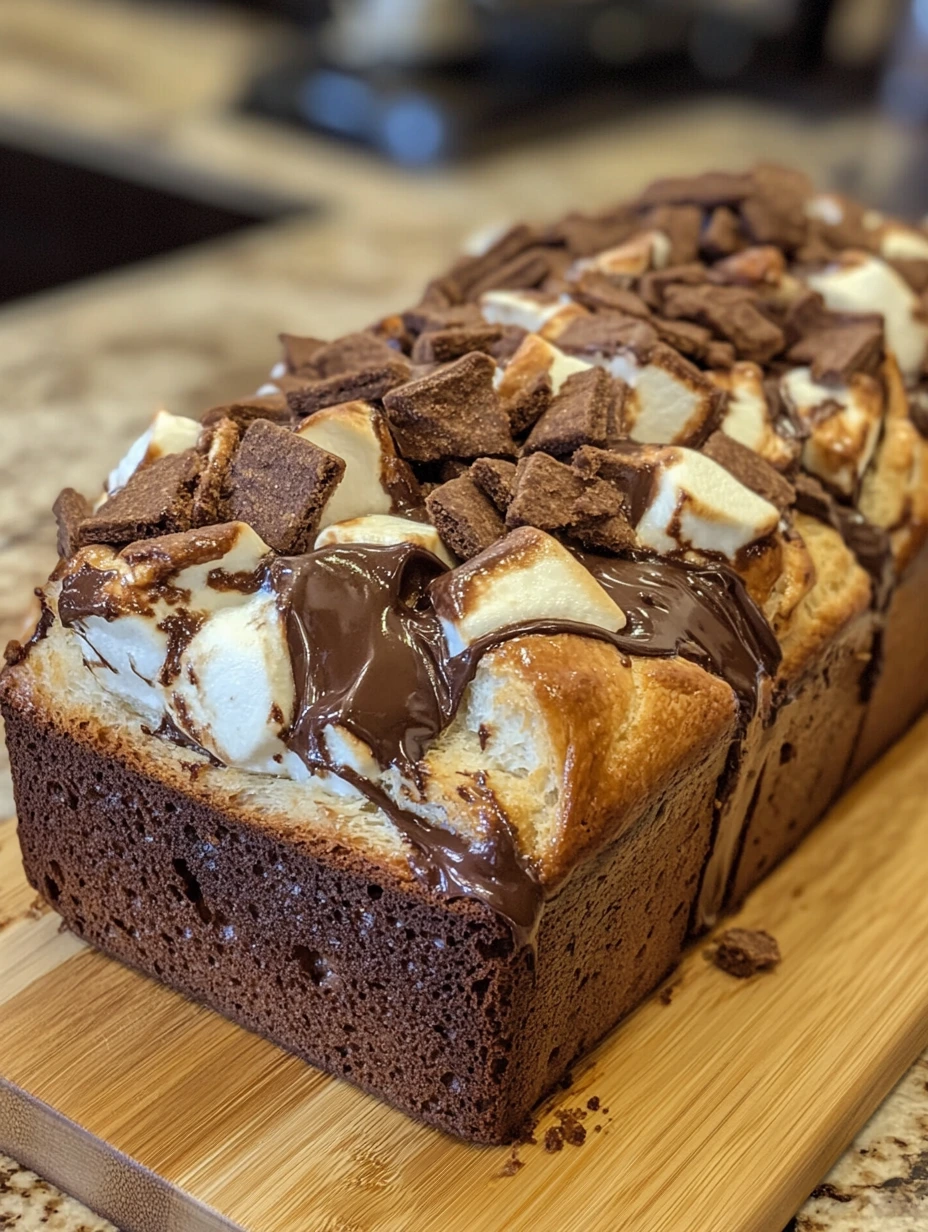Sourdough French bread brings together the best of two bread worlds: the tangy depth of natural fermentation and the crusty charm of French baking. It’s got a golden crackling exterior and a chewy, airy inside perfect for soup-dipping, sandwich-building, or devouring straight from the oven. In this article, we’ll explore how to make authentic sourdough French bread at home with reliable techniques and simple ingredients. You’ll also learn what sets it apart from traditional French loaves, how it’s viewed in France, and why this naturally leavened version is a favorite among sourdough bakers and French bread lovers alike.
Table of Contents

Sourdough French Bread
- Total Time: 16 hours (with proofing)
- Yield: 1 large loaf 1x
- Diet: Vegan
Description
This sourdough French bread combines natural fermentation with French-inspired shaping and baking for a rustic, crusty loaf you’ll love.
Ingredients
500g bread flour
375g water (75% hydration)
100g active sourdough starter
10g salt
Instructions
1. Mix flour and water, cover and autolyse for 1 hour.
2. Add sourdough starter and salt, mix until combined.
3. Perform 3–4 stretch and folds over 2.5 hours.
4. Let dough rise at room temp for 4–6 hours or until nearly doubled.
5. Shape into bâtard or baguette. Let rise in banneton or couche.
6. Cold proof overnight in fridge.
7. Score with a sharp lame and bake at 475°F with steam for 20 minutes, then 20 more uncovered.
8. Cool completely before slicing.
Notes
This dough is highly hydrated; use a bench scraper for shaping. Bake on a preheated steel or stone for best oven spring. Let cool at least 1 hour before slicing.
- Prep Time: 30 minutes
- Cook Time: 40 minutes
- Category: Bread
- Method: Baking
- Cuisine: French
Nutrition
- Serving Size: 1 slice
- Calories: 170
- Sugar: 0g
- Sodium: 290mg
- Fat: 0g
- Saturated Fat: 0g
- Unsaturated Fat: 0g
- Trans Fat: 0g
- Carbohydrates: 35g
- Fiber: 2g
- Protein: 5g
- Cholesterol: 0mg
Keywords: sourdough French bread, pain au levain, crusty sourdough, artisan bread
A Story of Bread, Time, and Tang
Why Sourdough French Bread Feels Like Home
I first tried sourdough French bread one snowy February weekend when I was craving something crusty and nostalgic. The house smelled like buttered toast and snow boots, and I needed warmth from the inside out. I’d been nurturing my sourdough starter for months, mostly making soft breads like sourdough discard cheddar biscuits and garlic herb crackers. But I wanted something bold a bread that sang when you sliced it.
I shaped the dough into a long bâtard, gave it a deep slash down the center, and slid it into a steam-filled oven. When it emerged, the crust had blistered beautifully, and the interior was shot through with irregular holes. It was sourdough, yes but with the poise of a classic French loaf.
Now, whenever I make sourdough French bread, I think of that day. It’s become my go-to when I want to slow down, lean into process, and let fermentation do its quiet, magical work.
The Difference Between French Bread and Sourdough French Bread
French bread is often made quickly with commercial yeast, yielding a uniform, soft crumb. Sourdough French bread, on the other hand, relies entirely on natural leavening from wild yeast, which adds both complexity and texture. While both share that iconic crispy crust, the sourdough version has a deeper tang, a slightly moister crumb, and better shelf life.
The fermentation also gives the dough more structure. This means you can shape it into baguettes or bâtards and expect a satisfying rise, open interior, and crackle when you tap the crust. It’s especially rewarding if you’ve already tried other sourdough bakes like sourdough discard naan or even sourdough jalapeño cornbread muffins.
In short: if French bread is the café classic, sourdough French bread is its deeper, more soulful cousin.

Techniques That Bring It to Life
Mixing and Folding for the Right Crumb
To create that airy, slightly chewy interior typical of sourdough French bread, technique matters as much as ingredients. Start by mixing your dough with a relatively high hydration level around 70–75%. This means the dough will feel sticky at first, but that’s okay. Moisture is key to an open crumb and blistered crust.
After the autolyse phase (when flour and water sit undisturbed), add your sourdough starter and salt. Mix thoroughly, then use a series of stretch-and-folds over the next 2–3 hours. These gentle movements help develop gluten strength without overmixing. Don’t rush it this is where the crumb structure builds.
If you’ve made recipes like sourdough discard pull-apart garlic bread or 20-minute sourdough quick bread, you’ll recognize this tactile, hands-on process. Sourdough is less about kneading and more about patience and attention.
After the bulk fermentation (usually 4–6 hours, depending on temperature), the dough should be puffy but not collapsing. Now it’s ready to shape.
Shaping, Slashing, and Baking for That Signature Look
Shaping sourdough French bread is part art, part science. Whether you’re making a baguette or a bâtard, the goal is tight surface tension. Lightly flour your hands and shape with confidence, using a bench scraper if needed. Place shaped loaves into a well-floured couche or proofing basket.
Proofing can be done overnight in the fridge for extra flavor. The next day, transfer the dough to a preheated baking surface (baking steel, Dutch oven, or pizza stone), score with a sharp lame or razor, and quickly return to the oven.
Steam is critical. Either use a Dutch oven with lid or add a tray of water to the bottom rack of your oven to mimic a baker’s oven. Steam allows the dough to expand fully before the crust sets, resulting in that beautiful golden bloom and crisp edge.
If you’ve enjoyed experimenting with crusty exteriors like in garlic parmesan knots, you’ll appreciate how the sourdough French bread crust shatters gently under the knife.
French Influence Meets Fermentation
Is This the Bread They Make in France?
You might wonder do the French make sourdough? Absolutely. In France, naturally leavened bread is known as “pain au levain”, and it’s held in high regard. Traditional boulangeries often use a levain (sourdough starter) to produce crusty country loaves with a slight tang, especially in rural areas.
However, it’s not the same as a classic Parisian baguette, which is typically leavened with commercial yeast. Sourdough French bread exists in a slightly different category hearty, rustic, and deeply flavorful. It reflects a time before industrial baking, when fermentation was slow and purposeful.
So while the term sourdough French bread might not appear on every French bakery sign, its essence lives in the artisanal practices of small-town bakers. It’s especially relevant today as many French bakers revisit ancient methods to meet modern interest in gut health and authenticity.
If you’ve baked my lemon blueberry sourdough bread, you’ve already tapped into the levain tradition balancing bold flavors with gentle fermentation.
How to Use Sourdough in French-Style Recipes
The beauty of sourdough French bread lies in its versatility. Once it cools, you can use it in all kinds of meals from elegant to rustic.
Here are some ideas to get you inspired:
- Slice it into thick slabs and serve with herbed goat cheese and olive tapenade.
- Make open-faced tartines with tomato, burrata, and cracked black pepper.
- Toast and use for a garlicky crostini topped with mushrooms and thyme.
- Cut into cubes and bake into a crunchy base for stuffing or panzanella.
Pair it with soft cheeses, rich soups, or turn it into sandwiches with Dijon mustard and cured meats for a bistro-style lunch. I’ve even topped slices with melted cheddar and served them with sourdough discard cheddar biscuits for a cozy soup night.
You don’t need a French passport to eat like you’re in the countryside just a good crust, some salted butter, and a few quiet minutes to enjoy the chew.
Storage, Serving, and Troubleshooting
How to Store and Reheat Without Losing That Crust
Sourdough French bread keeps better than most yeast loaves but that crisp crust still needs a little TLC.
Once fully cooled, store the loaf in a paper bag or wrapped loosely in a tea towel. This lets the crust breathe and prevents it from softening. Avoid sealing in plastic unless you’re freezing it.
To freeze, slice the loaf first so you can reheat individual pieces. Wrap tightly in foil or freezer bags. When ready to enjoy, toast slices directly from frozen or bake the whole loaf at 350°F for 10–15 minutes. This revives the crust and warms the interior without drying it out.
If you’ve used these techniques with my sourdough discard garlic herb crackers or quick sourdough bread, you’ll find they work just as beautifully here.
Warm, crusty bread every time.
Common Mistakes and How to Avoid Them
Even seasoned bakers sometimes end up with dense sourdough French bread or flat loaves. Here’s what to watch for:
| Mistake | Fix |
|---|---|
| Dough is too stiff | Increase hydration slightly; aim for 70–75% |
| Loaf didn’t rise | Starter may be weak; feed it 4–6 hours before mixing |
| Crumb is tight and uniform | Reduce kneading and extend bulk fermentation |
| Crust too soft | Bake longer or let cool on a wire rack with airflow |
| No oven spring | Ensure dough is proofed not overproofed and bake with steam |
| Problem | Solution |
|---|---|
| Flat loaf | Proofed too long or shaped too gently |
| Dense interior | Improve gluten development with more folds |
| Gummy texture | Bake longer or reduce hydration slightly |
Once you’ve mastered this loaf, you’ll find it opens the door to even more flavor exploration try turning leftovers into sourdough discard pull-apart garlic bread or adding a herbed twist for a savory brunch centerpiece.
FAQS
What’s the difference between sourdough and French sourdough bread?
While both use natural fermentation, French sourdough bread (pain au levain) often follows specific shaping and crusting techniques. It’s usually more rustic, while American-style sourdoughs may lean softer or more tangy.
What is sourdough bread in France called?
In France, it’s called “pain au levain”, which means “bread of leaven.” It’s a traditional form of sourdough made with naturally occurring wild yeast and often baked in hearth ovens for a deep, blistered crust.
Is sourdough good for French bread?
Yes! Using sourdough in French bread adds flavor, improves texture, and boosts digestibility. It creates a crustier exterior and a moist, chewy crumbperfect for dipping or slicing.
Is French peasant bread the same as sourdough bread?
Not quite. French peasant bread is a broader term that may or may not use sourdough. Many versions are yeasted and lean, while sourdough uses a natural starter and develops flavor over time.
Conclusion
Sourdough French bread isn’t just another loaf it’s a journey. From the first bubbly starter to the final golden crust, every step invites you to slow down and savor the process. With its crispy edge, open crumb, and deep flavor, it’s a beautiful balance of French technique and sourdough soul. Whether you enjoy it warm with butter, as a sandwich base, or simply torn and dipped into soup, this bread delivers comfort and craft in every bite. Let it become part of your home rhythm, just like it has in mine.





